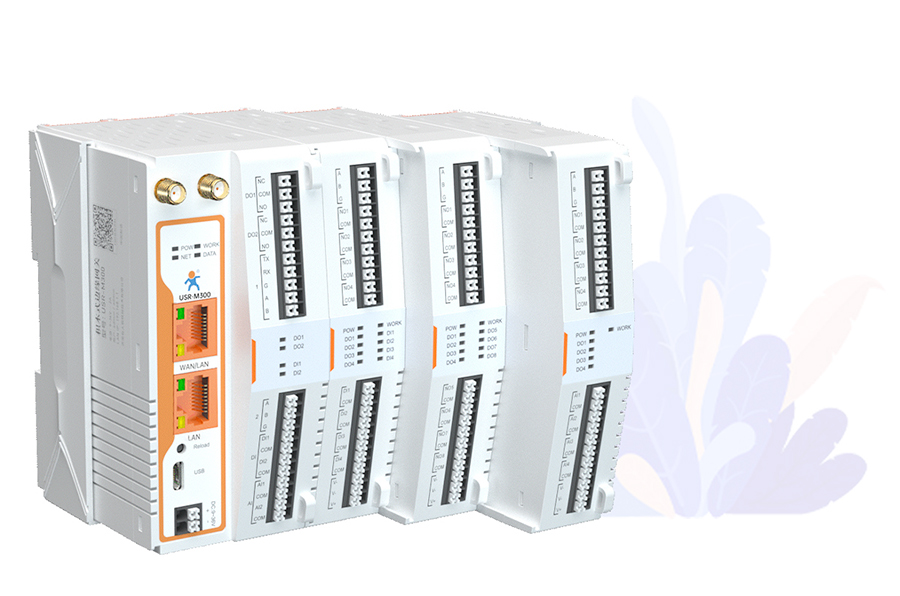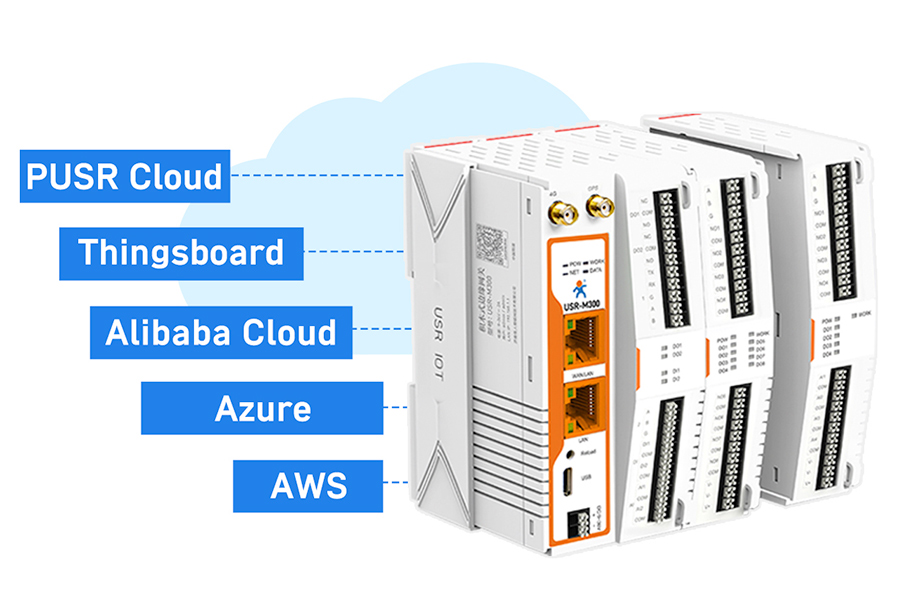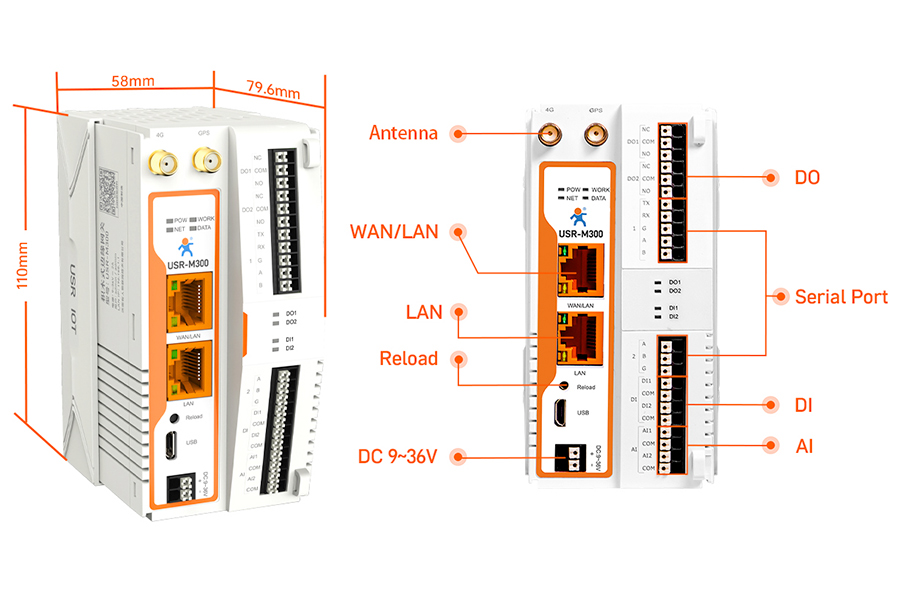In the complex ecosystem of the Industrial Internet of Things (IIoT), the edge computing gateway serves as an intelligent bridge, connecting the physical world with the digital universe. It is neither a simple router nor a replacement for the cloud, but rather acts as a "neural hub," establishing an efficient and collaborative channel between devices and the cloud. For newcomers to this industry, understanding the core functions of a gateway is akin to mastering the grammar rules of a new language—it's the key to unlocking the world of IoT.

Imagine hundreds of devices in a factory as human organs, with the edge computing gateway serving as the brain's "sensory nerves." It can collect real-time production parameters such as temperature, pressure, and vibration, akin to human touch, as well as obtain signals like equipment operating status and environmental humidity, similar to vision and hearing. This data is transmitted to the cloud via wired (e.g., Ethernet) or wireless (4G/5G, Wi-Fi) means, providing the basis for production decisions.
Real Case:
In an automotive parts factory, the gateway collects over 500 data points per second, ranging from the vibration frequency of presses to the temperature distribution in welding workshops. When abnormal vibration data is detected from a device, the system immediately issues an alert, allowing engineers to intervene within 5 minutes and prevent downtime losses.
Industrial devices are like people from different countries, some speaking "Modbus," others using "OPC UA dialects," while the cloud only understands "HTTP Mandarin." The edge computing gateway is equipped with over 600 protocol conversion engines, acting like a multilingual interpreter to facilitate smooth communication between devices.
Technical Breakdown:
Application Scenario:
In a smart agricultural greenhouse, the gateway converts data from soil moisture sensors (Zigbee protocol) and weather stations (LoRa protocol) into MQTT format for analysis by cloud-based AI models of crop growth environments.

Unlike traditional cloud computing, edge computing gateways process data directly at the device end. This is like opening a "data processing convenience store" locally, eliminating the need to package and send all data to the cloud "supermarket."
Core Advantages:
Typical Application:
On an oil drilling platform, the gateway monitors drilling data in real-time. Upon detecting abnormal pressure, it immediately triggers local safety protocols, closing valves within 0.5 seconds—20 seconds faster than waiting for cloud instructions.
The gateway is more than just a data collector; it's the "central hub" for device management. It can:
Management Efficiency Improvement:
A photovoltaic power station manages 20,000 inverters via the gateway, shortening single firmware updates from 3 days of manual operation to 2 hours, with error rates reduced from 5% to 0.02%.

In industrial networks, the gateway is the first line of defense for security. It integrates:
Security Value:
In medical IoT, patients' ECG data is encrypted via the gateway during transmission. Even if intercepted, it cannot be decrypted, ensuring patient privacy. After deployment in a top-tier hospital, data leakage risks were reduced by 98%.
With the development of 5G and AI technologies, edge computing gateways are evolving towards greater intelligence. Future gateways will:
For newcomers to the Industrial IoT field, understanding these five core functions of gateways is like holding the "master key" to smart factories. It is not only the foundation of technical implementation but also a strategic pivot for enterprise digital transformation. The next time you hear the term "edge computing gateway," imagine it quietly guarding equipment operation in a factory corner, calculating optimal production parameters, and translating the "languages" of different devices—this is the most vivid footnote to the Industrial IoT.